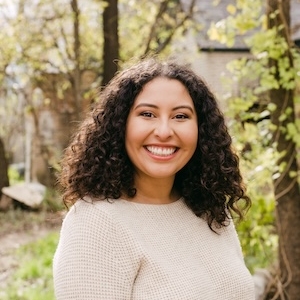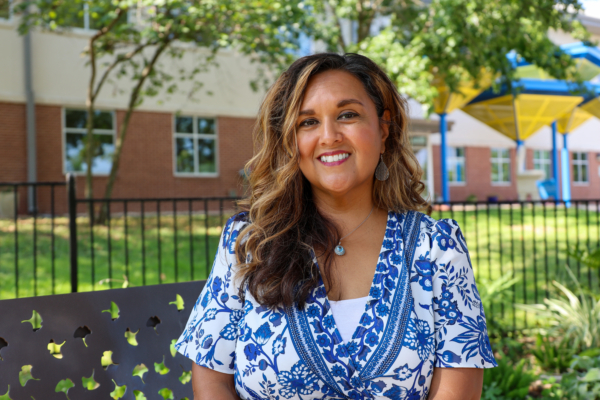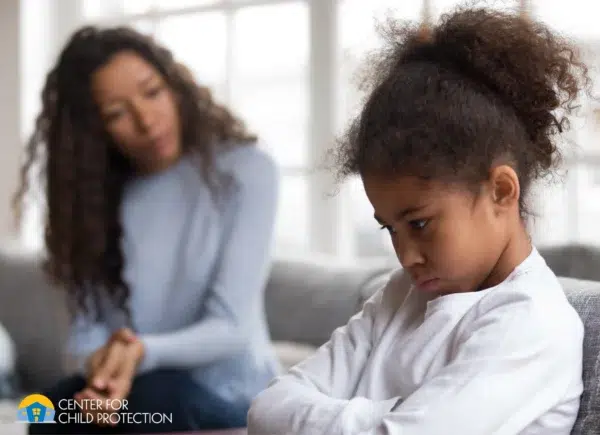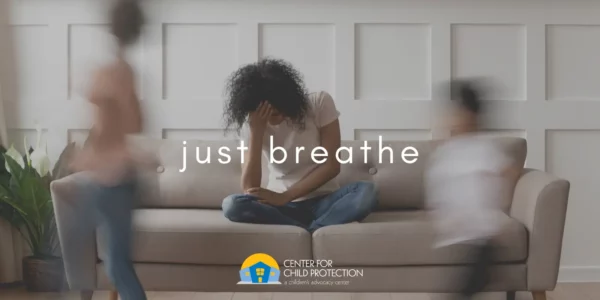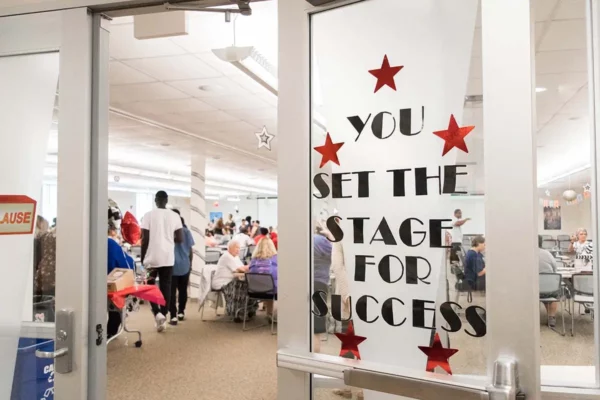The Center for Child Protection offers many forms of experiential therapy to child abuse victims and their protective families. Trauma-informed yoga is just one type of therapeutic intervention used at the Center. The combined benefits of yoga poses, meditation, and focused breathing create a domino effect of long-lasting results that can help children heal.
What can yoga therapy do for our young clients?
- Build a sense of agencyBeing victimized can make a child feel like their body isn’t their own, because someone–likely someone they trusted–hurt and took advantage of them. Through movements like Warrior Poses and the autonomy to choose poses they feel comfortable doing, yoga helps instill a sense of agency. Through newfound strength and resilience, these children are reinforcing their self-worth and confidence.
- Create new neural pathwaysWhen a child has experienced developmental trauma, their brain focuses most of its energy on staying alert, which overstimulates the lower areas of the brain used for the fight-or-flight response and impacts development in higher regions of the brain. Yoga provides patterned repetitive and rhythmic movements that help the child regulate their body and strengthen the neural pathways that allow them to better concentrate, retain information and process their emotions.
- Regulate emotionsChildren who have experienced abuse may have a sensitized, overstimulated stress response system. Stuck in a state of alarm, these children may struggle with impulse control and may act out when they feel vulnerable. Meditation, movement, and breathing techniques are proven to help calm the system so children can better handle stress no matter where or when it happens.
While we offer talk therapy and know it has significant implications for a child’s progress, it is typically a once a week, hour-long routine. On the other hand, the regulating lessons taught during trauma-informed yoga can be used whenever the child feels anxious both inside and outside of the therapy session.
Repetition and a state of calm are necessary to teach the body and brain anything new, so when a child makes an effort to focus on breathing or meditating they are teaching their brain a new, healthy pattern to follow. With time and the addition of relationship-based interventions and cognitive talk therapy, a child who internalizes the regulating powers of trauma-informed yoga will have a better chance at processing their trauma and understanding their emotions.
Contact Info
Center for Child Protection
8509 FM 969, Building 2
Austin, Texas 78724
Phone: 512-472-1164
Fax: 512-472-1167
Web: centerforchildprotection.org





